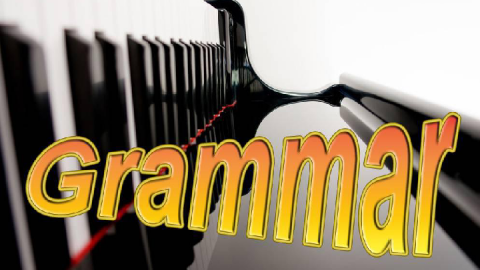(一)表示能力
can/could
1.can表示与生俱来的能力或客观可能性,还可表示请求和允许
2.在疑问句中,用could可表示请求,语气较委婉
3.表示惊异、怀疑、不相信的态度(主要用在否定句、疑问句或惊叹句中)
例如Can this be true?
4.can never/can't ...too表示“无论怎样..也不过分”
例如You can't be too careful while crossing
the road.你过马路的时候再小心也不为过
5.can not+比较级=最高级
I can't find a better place.
(二)表示义务
语气由弱到强:ought to/should→ have to →must
(三)表示可能性
语气由弱到强might→may→could(can)→should→ought to→will→must
must
1.must表示肯定的猜测,译为“一定”不用于否定句或疑问句,mustn't表示“禁止”
2.表示“坚持”,常用于固定句式:(责备意味)
if you must do sth.如果你非得要做某事
(四)表示允许
may/might:
1.表示许可。表请求、允许时,might比may的语气更委婉些
2.用于祈使句中表示祝愿
May you succeed.
3.表示推测、可能(只用于肯定句)
(五)表示提出要求
正式由弱到强:will→can→could→would
(六)表示提出建议
1.shall用于第一、第三人称疑问句中,表示说话人征求对方意见、向对方请示或提供帮助
2.shall用于第二、第三人称,表示说话人给对方命令、警告、允诺或威胁
(七)表示提供帮助
will/would:
1.表示请求、建议等,would比will委婉客气
常用:wuold you like
2.表示意志、愿望和决心
3.表示经常性、习惯性、倾向性,翻译为“经常、总是”
(八)表示提出意见
should
1.表示劝告、建议、命令,同义词ought to,
在疑问句中通常用should代替ought to
2.用于第一人称时可表示说话人一种谦逊、客气、委婉的语气
3.should表示意外或惊讶,翻译为“居然”
4.表示猜测时,指按经验或逻辑判断,翻译成“按说应该”
(九)“情态动词+have done”的用法
①must have done对过去某事的十分肯定猜测
②may/might have done对过去某事的可能性猜测
③can't/couldn't have done对过去某事的否定猜测
④should/ought to have done过去应该做而未做
⑤shouldn't/oughtn't to have done过去不应该做而实际上做了
⑥needn't have done本没有必要做的事实际却做了
⑦could have done本来能够做的事(有能力做)实际却未做到
(十)可兼做行为动词的情态动词
need和dare
1.情态动词(+动词原形)
①无人称和数的变化
②尤其用于:a.否定句及疑问句中
b.在if/whether之后
c.与hardly,never,no one,nobody连用
③常以needn't和daren't的形式出现
④dare有其过去时dared
2.行为动词:多用于肯定句
(sb.)need/dare to do
(sth.)need to be done
(sth.)need doing
(十一)表示否定的情态动词的用法
mustn't不准,禁止
needn't没必要(=don't have to)
can't不能;不可能
may not不可以;可能不
shouldn't不应该(=ought not to)



